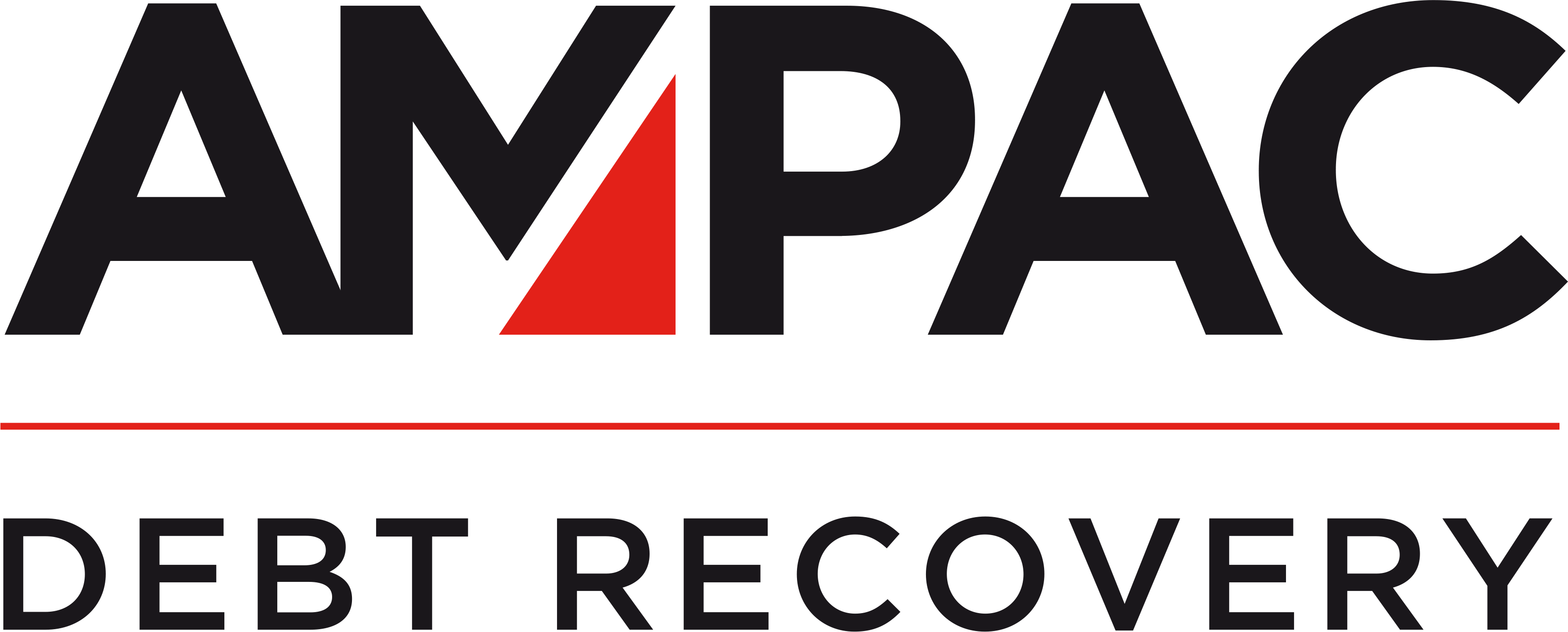Home / Rising Interest Rates and their Impact on Debt Recovery and Credit Management
As the Australian economy navigates its various economic cycles, one crucial factor that influences debt recovery and credit risk management is the movement of interest rates. Interest rates determine the cost of borrowing and the ability of debtors to meet their financial obligations. In recent months, most indebted households and businesses have experienced a decline in ‘spare cash flows’, which is the income they have available to spend, save or invest after meeting their financial commitments.

When interest rates rise, the cost of servicing existing debts increases for borrowers. This often leads to higher monthly repayments for loans, credit cards, and other debts, putting pressure on both businesses and individuals. Consequently, debtors may find it more challenging to meet their financial commitments, resulting in an increase in delinquencies and defaults.
In the corporate sector, many organisations suffered closures during the pandemic, whilst others emerged with healthy cash buffers thanks in part to Government fiscal support. In a higher-for-longer interest rate environment, many businesses are drawing down cash buffers as earnings moderate and as debt servicing costs rise.
In the small business (SME) sector, many organisations are financed in part by using the family home. As borrowing costs increase and cash reserves are depleted, a higher number of SME’s will come under pressure from creditors seeking to enforce their payment terms. Many credit providers are already experiencing an increase in aged debt from within this cohort of customers.
Rising interest rates add stress to struggling market sectors, increasing the risk for borrowers and lenders. As interest rates rise, it becomes more important for credit providers to assess the creditworthiness of new and existing customers by implementing thorough credit checking and account monitoring procedures across their customer base. Higher interest rates increase the risk of default, both for commercial and consumer borrowers.
To mitigate risks, consider reviewing and adjusting credit policies and conducting more stringent risk assessments. It may be necessary to revise credit limits and payment terms for customers who may be vulnerable to interest rate fluctuations.
Keep in mind the 5 C’s of Credit – the age-old, evergreen standard for assessing credit and financial risk. The 5 C’s of Credit are described as:
When interest rates are going up, both businesses and consumers tend to cut back on spending and investing potentially leading to a downturn in certain sectors. On the other hand, when interest rates are falling, consumers and businesses will generally increase spending. The impact of rising and falling interest rates have a broad effect on both the international and domestic economy. As businesses face financial challenges, their first response is often to delay payments to their creditors, which in turn impacts negatively on the cash flow of the credit provider.
As credit providers observe changing behaviours within their customer base, so too must they adjust their credit and risk management strategies to reflect these trends.
When an economic slow-down hits, some companies switch to survival mode, making deep cuts and reacting defensively. Others, with a greater understanding of the nature of economic cycles are prepared in advance by reviewing key areas such as their debt levels, decision making capabilities, workforce management, and their investments in technology.
The credit department sits at the heart of an organisation and is often one of the first areas in a business to experience movement in market conditions. Communicating these trends widely throughout the business enables sales, operations and senior management to adapt early to both risk and opportunity.
In particular, regular engagement with sales and marketing allows the gathering of information from out in the field – a reliable predictor of future fortunes. Both marketing and risk management strategies can be agreed, developed and implemented early so as to capitalise on opportunity and minimise adverse risk.
In a slowing economy strategies such as increased customer contact (including face-to-face, telephone and digital) can be adopted. Together with portfolio segmentation and monitoring, which provides a range of dashboards and alerts, the various parts of the business can quickly respond to changing market conditions.The good news is that it is not expensive to improve the management of credit risk. An investment of time and a commitment to implementing quality practices, procedures and credit documentation will pay handsome dividends almost immediately.
To learn more about AMPAC’s range of debt recovery services, or to discuss your debt recovery needs click the button below.

Do you have debt that needs recovering? Are you unsure on where to start? Contact AMPAC Debt Recovery for solutions today and speak to one of our qualified consultants to get you started.
Please fill in your details below to get instant access to Selecting the Right Collection Agency for Your Business